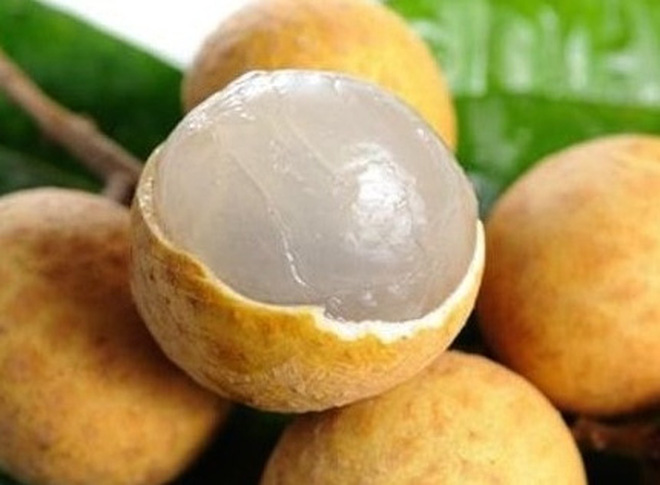Litchi is a type of fruit that many people love in the summer because of its delicious and easy-to-eat taste. In addition to eating litchi directly, you can also prepare them into various dishes such as litchi sweet soup, litchi with yogurt…
To choose the best and highest quality litchi for your family, you should pay attention to the following points:
Choose plump and juicy litchi

When buying, you should choose clusters of litchi that still have leaves, fresh leaves. The stem is still green and firm. Litchi has a pleasant fragrance. Avoid buying litchi with clean or fallen skin.
Taste it before buying. If you find that the litchi has a strange taste and no distinctive fragrance, it is not recommended to buy it.
When peeling the litchi, you will see the thick, juicy flesh and small seeds; when tasting, you will taste the natural sweetness, which means it is pure litchi without any chemical additives.
Gently squeeze the litchi, if it feels soft and not too hard, it is a litchi with full flesh and delicious ripeness.
In Vietnam, Hung Yen litchi is the most famous type. The litchi season usually lasts from late July to October and is divided into 3 periods.
Hung Yen litchi is usually large and round, with a yellow-brown skin, looking thick and fresh for a long time. The inner part is thick, dry, not watery. The white pulp inside is sweet and fragrant, moderately chewy, and juicy when chewed. The inner part of the litchi has small black shiny seeds.
The bottom of the fruit has two tightly interlocked stalks. This is the characteristic to distinguish Hung Yen litchi from other types of litchi.
Litchi can be infested with insects and mold. Therefore, when you buy them, you should rinse them thoroughly and soak them in diluted saltwater for about 10 minutes before eating. Note that you should only peel with your hands to avoid breaking the skin by biting the fruit.
It is important not to let young children peel and eat litchi by themselves. The large, slippery fruit is easy to get stuck in the throat and cause choking.
Source: Khoevadep


































